And this obvious similarity between the celtic art and a mysterious neolithical culture found in my country will lead probably to new answers, new stories about our connections in time and space.
"The Cucuteni culture is a Neolithic/Chalcolithic civilization dated to 5400-2750 BC, found in the former soviet republic of Ukraine (where it is called Trypillian) and Romania.
Read more in my previous post http://10point7.blogspot.com/2009/01/electronic-tattoo-of-adams-grandsons.html
5400-2750 BC
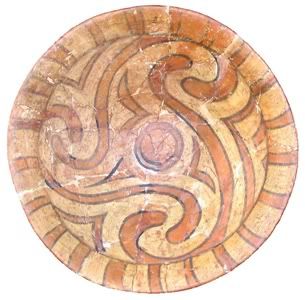
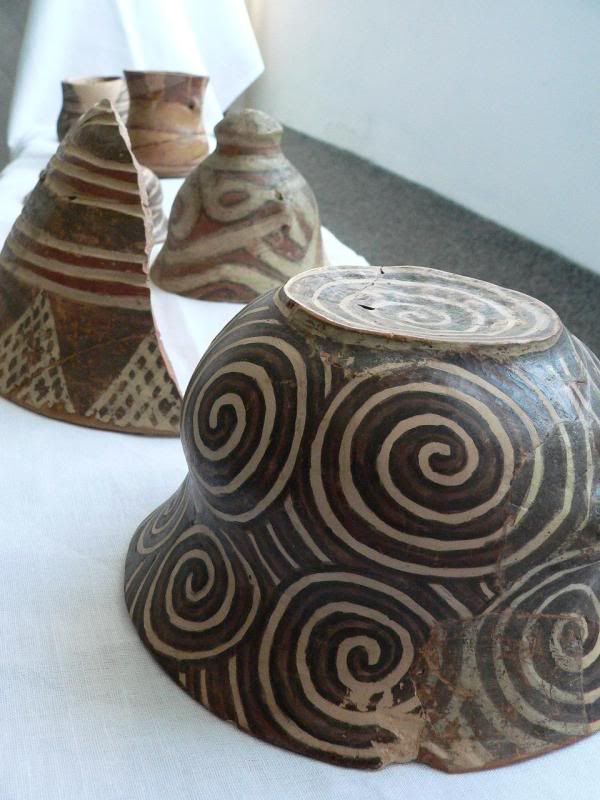
The Celtic culture (or Celts) were a long-recognized cultural group of the Iron Age in western Europe, from about the 11th to the first century BC. The last bits of the Celts are known from Roman histories, while the earliest archaeological components are known as Hallstatt (1200 to 500 BC) and La Tene (500-200 AD) cultures"
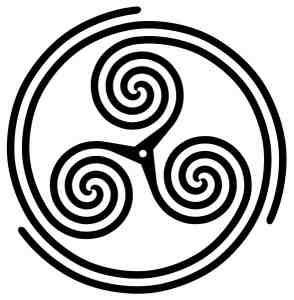
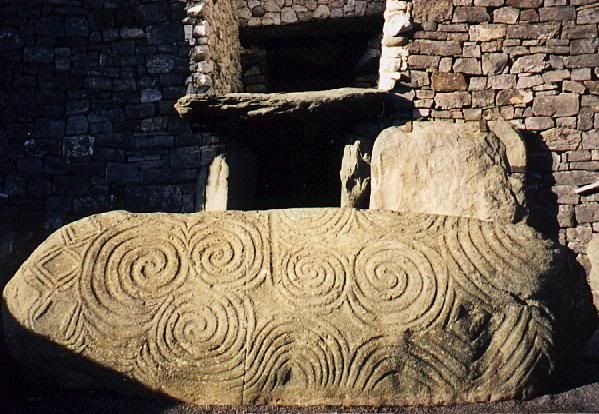
Newgrange, one of three passage tombs in Bru na Boinne, was built over 5,000 years ago.
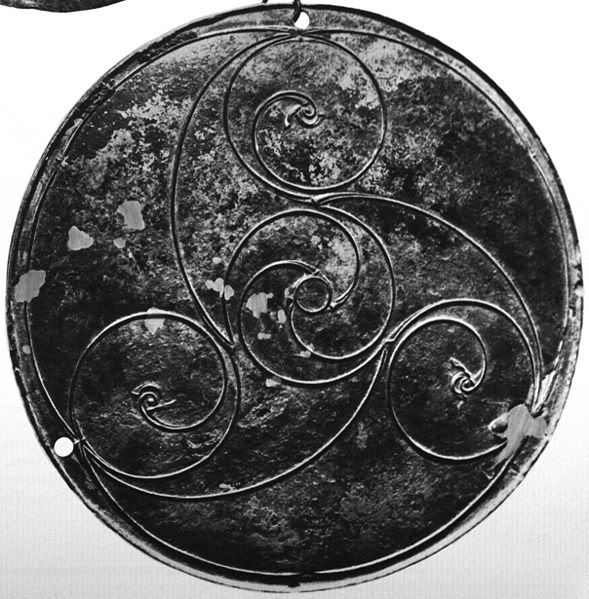
Source: http://archaeology.about.com/
"The Celts were an Indo - European population of warriors living in the northern half of Europe over a vast area stretching from Britain and Ireland to the Carpathians, at one given moment being even present in the Balkans.
In the 4th century BC, the Celts reached Central Europe. Their presence on the current Romanian territory was first reported in the second half of the 4th century BC when they exerted a domination up to the end of the 3rd century BC. By the end of the 4th century BC, they were reported to advance inside the Carpathians"
" Ancient authors mentioned the names of Celtic tribes that had settled not only on the current Romanian territory but also on the territory surrounding it.Confronting the information provided in the 1st century BC by Caesar, in his work “De bello gallico“ and in the second century AD by Ptolemeu in his “ Geography “, it seems that in the eastern and western Apuseni Mountains ( the western Carpathians ) the tribe of the Anartians had settled. The Scordscis were archeologically attested in the south, along the Danube. In the 4th century BC, the Celts followed the course of the Danube to the south, where they fought against the Macedonians, led by Alexander the Great and with his successor, Lisimah."
“The locality of Fintinele is particularly rich in Celtic vestiges. The best known cemetery is Dambul Popii, dug a quarter of a century ago. It is the second largest Celtic cemetery in Transylvania, counting by the number of tombs, after the cemetery in Piscolt, Satu Mare county. We are currently carrying out archaeological searches in the locality of Fintinele, at the Lagata cemetery, where 27 tombs have been identified and uncovered so far.. The searches are far from being over."
Source: Romanian Public Radio
And now after thousands of years, the celts are coming back in the wonderful land of northen Romania to discover the untold stories of the past.
Shaun Davey introduces Rita Connolly in the National Concert Hall Dublin in September 2009 with a taste of his new creation based on Romanian folklore. A glimpse on Romanian & Irish powerful musical performances.
No comments:
Post a Comment